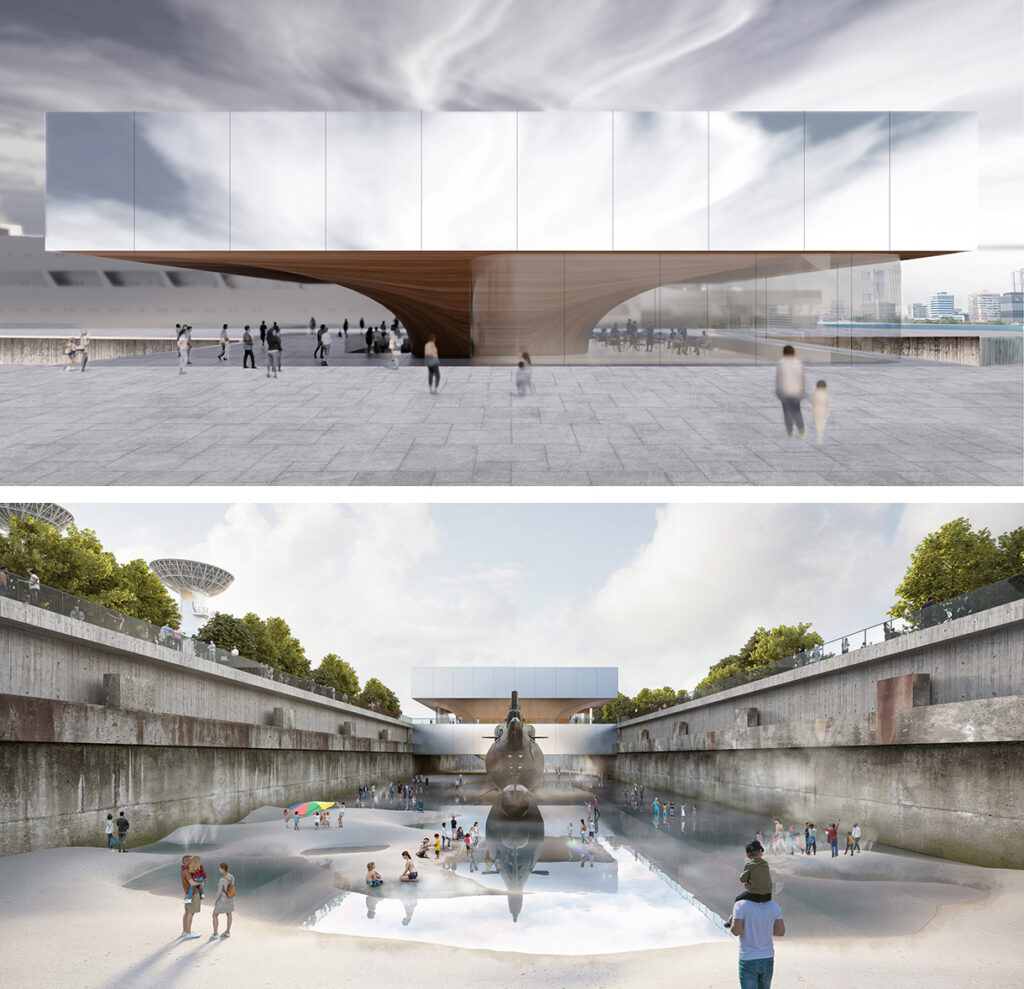Finnish Architects in the Spotlight: PES-Architects

PES-Architects
In August, PES-Architects received once again good news from China. The most recent architectural competition win for Shanghai Submarine Museum has been preceded by, among others, the big cultural building projects in Wuxi and Fuzhou.
Today, PES-Architects is mostly known for their big cultural projects in China and passenger terminal buildings in Finland. However, the company, originally named after its founder Pekka Salminen, has completed significant projects in Finland already in the 1970s, such as the Sports Centre and Skiing Stadium in Lahti (1977) and the Lahti City Theatre in the early 1980s. The first international cultural building, Marienkirche Concert Hall in Germany, was completed in 2001. There is no doubt that PES is one of Finland’s most international architects’ offices.
Architect, Professor Pekka Salminen continues, at the age of 84, to focus on the company’s international operations. Since the 2000s, the leading designer has been architect Tuomas Silvennoinen and the other partners are architect Arttu Suomalainen and CEO Jarkko Salminen.
Collaborating with various parties, such as the VTT Technical Research Centre of Finland, the company strives to develop ecological materials and building technologies. Together with their clients, they explore means of optimising energy consumption. Examples of this include the sun-protecting roof wings of the Wuxi Grand Theatre, the ceramic louvres and cooling energy solutions in the Fuzhou Strait Culture and Art Centre, the automatically controlled lighting and solar panels at Helsinki’s West Terminal 2, as well as the Finnish sustainable development solutions for the ongoing Nanjing New Town Centre project.

In September, Archinfo Finland directs the spotlight on PES-Architects in a series that highlights Finnish architecture’s creators. In addition to the recent competition win in Shanghai, the company was just selected winner in the 2021 International Architecture Awards for the Fuzhou Strait Culture and Art Centre.
In the Instagram campaign tagged #FinArchSpotlight, the practices – selected based on topicality – are asked to describe the values that guide their work and the key elements of their architecture through images and short texts.
The three series of images featured by PES-Architects tell about encounters: “We seek to create architecture that encourages encounters and connections between people and cultures,” as the company describes. The images tell about encounters in travel and movement, cultural encounters and everyday encounters.
See the images and read the full descriptions on Archinfo Finland’s Instagram account through this link.
Find out more about PES-Architects on their website through this link.





